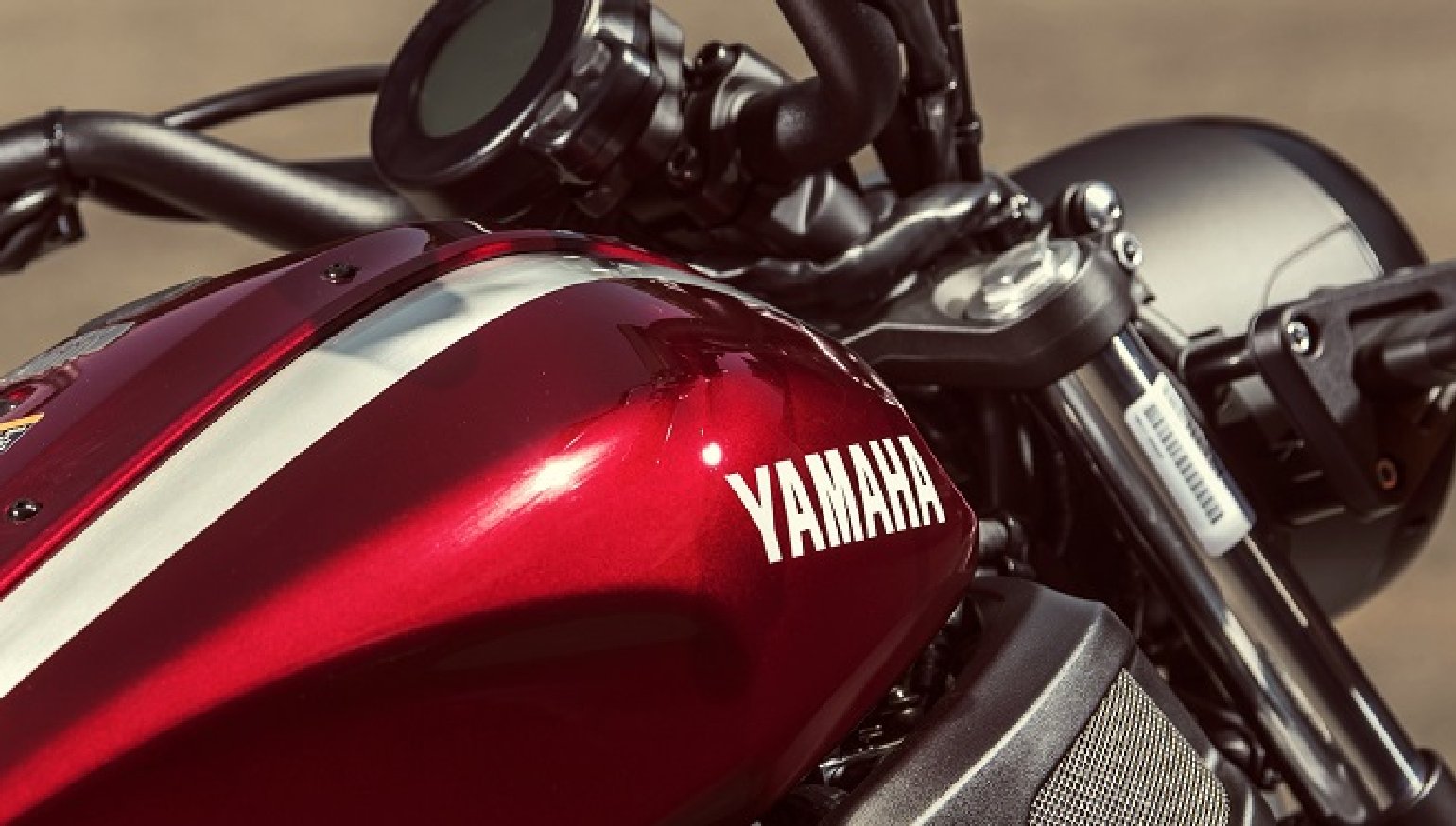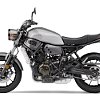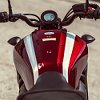The motorcycle many of you said you'd buy if Yamaha brought it to the United States is coming next month. Time to put your money where your internet comments are, ZLA Army.
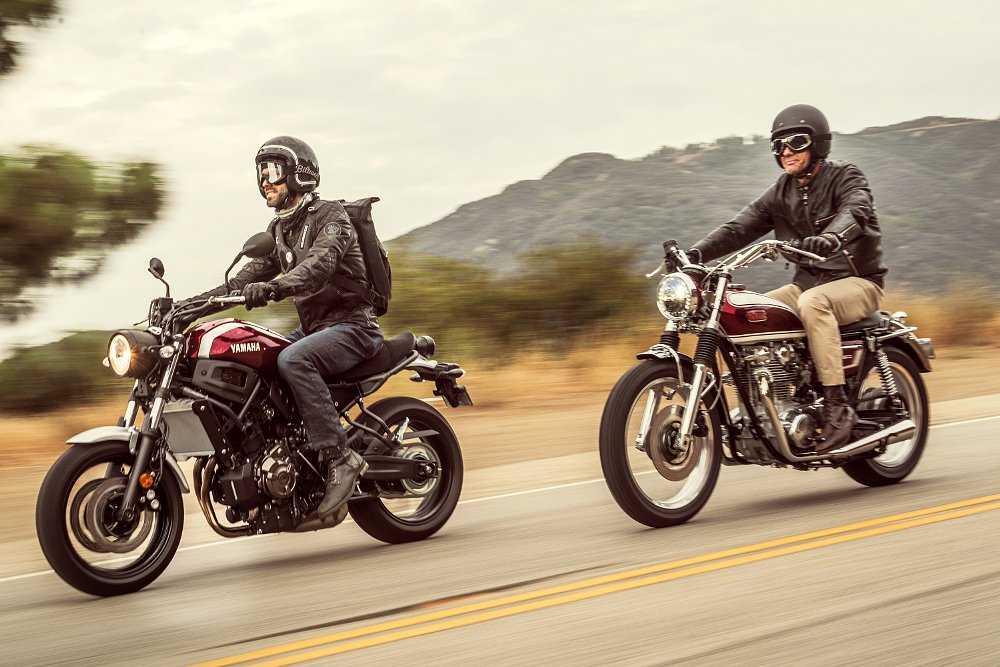
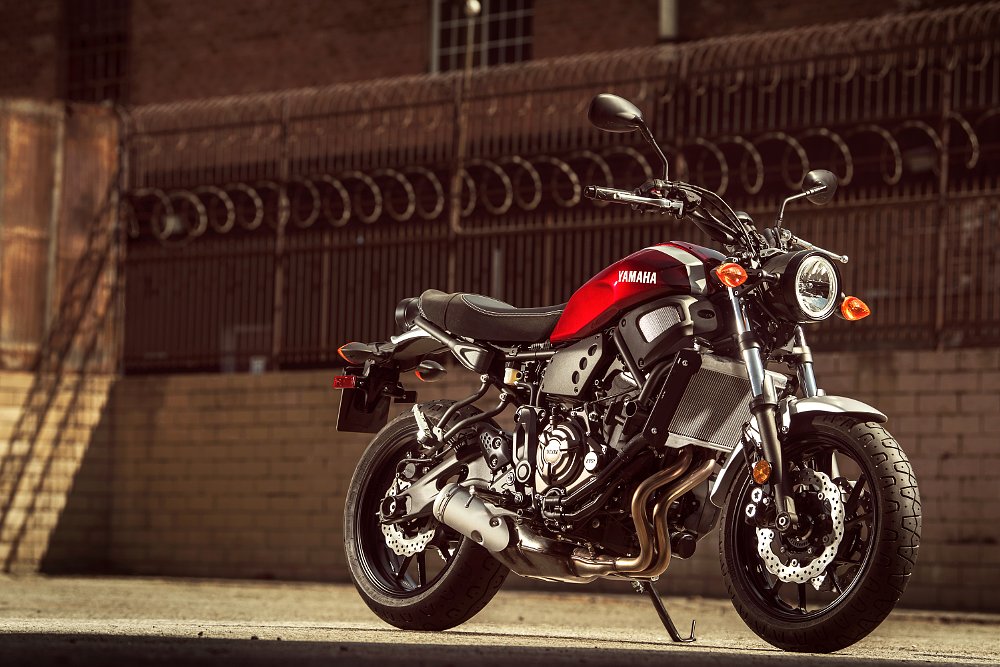
"A bike we build today shouldn't just be a copy of the past," he said, but instead should combine modern performance with the "flavor of the past."

While the look of the XSR700 is totally different from the FZ-07 — and very similar to the XSR900 we enjoyed a lot — it will be functionally similar to the FZ. It uses the same 689 cc parallel twin with a 270-degree crank and a 55.1-inch wheelbase that creates a nimble motorcycle. Yamaha did make a few functional changes, however. A different handlebar, a bit wider than the FZ-07's, adds even more steering leverage and the seat is 10 mm higher at 32.1 inches. These small changes should make for slightly more relaxed ergonomics.
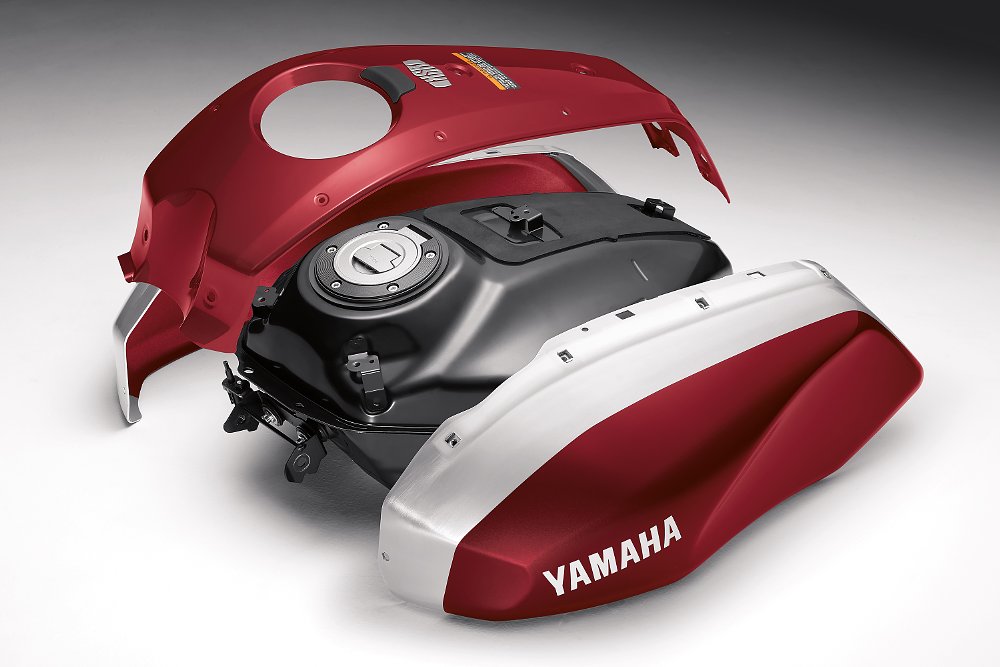
The main difference, however, is definitely in the styling. And Yamaha put a lot of thought into how to make the XSR700 an easy platform for customization, whether by DIYers in their home garages or professional builders, said Yamaha Motorcycle Project Coordinator Shun Miyazawa. Several customs in the Yamaha Yard Built series were on display at the show.
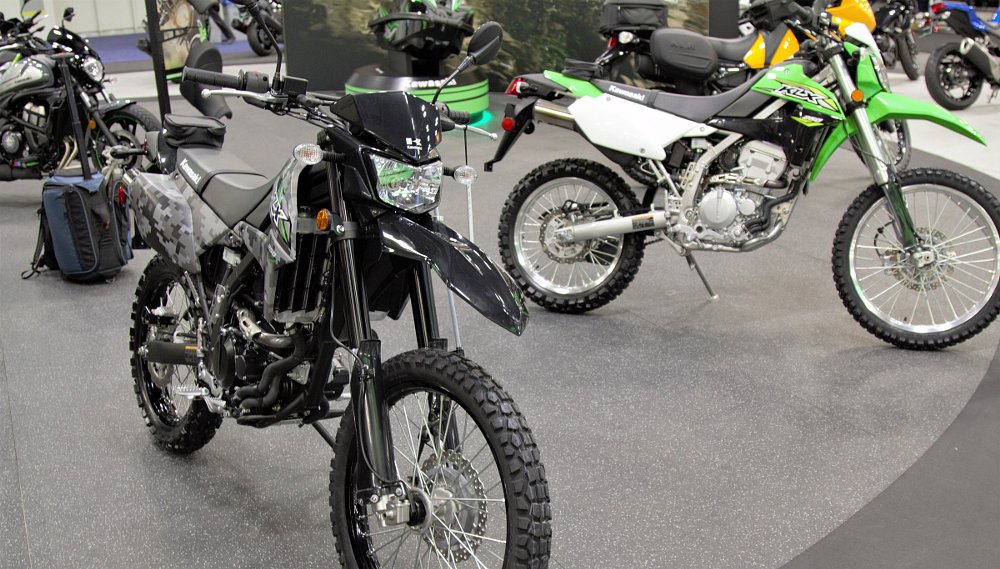
2018 Kawasaki KLX250S
OK, I'll admit I didn't see this one coming. Apparently, neither did Lemmy when he wrote about what's going on with trail bikes in particular, and the quarter-liter dual-sport class in specific. Kawasaki has brought back the KLX250S, and it looks a lot like it did when it was discontinued a few years ago, but with one critical difference: the liquid-cooled thumper is now fuel-injected.
Aside from the carburetor that fed its cylinder, the old KLX250S was a modern bike by dual-sport standards, with liquid-cooling, a multi-valve head, inverted fork, etc. But that carburetor was the source of many an owner's complaints, usually about the bike being cold-blooded and not fulfilling its power potential — at least until it was rejetted. That meant the KLX250S always suffered a little in the comparison with its obvious competition, the fuel-injected Yamaha WR250R.
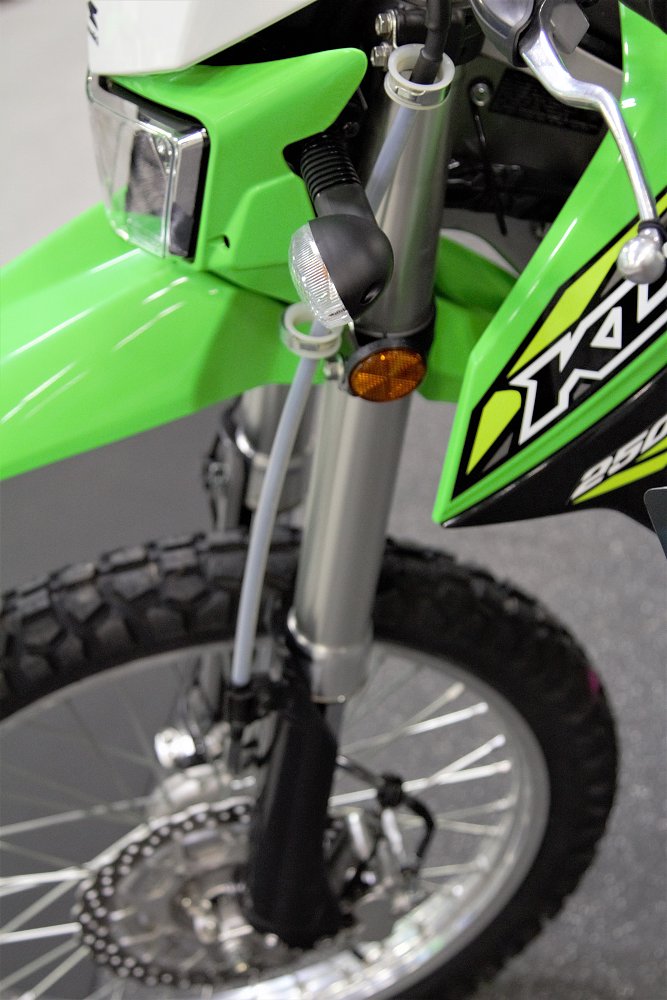
Unlike some of the older and softer dual-sport options, the KLX250S comes with hardware aimed at providing better off-road performance under harder riding, such as the 43 mm inverted cartridge fork, adjustable for compression damping, and the three-way adjustable rear shock. Wheels are 21-inch and 18-inch sizes to accommodate serious off-road knobbies.
The KLX250S comes in the traditional lime green with an MSRP of $5,349 and a Matrix Camo color scheme for $5,549.
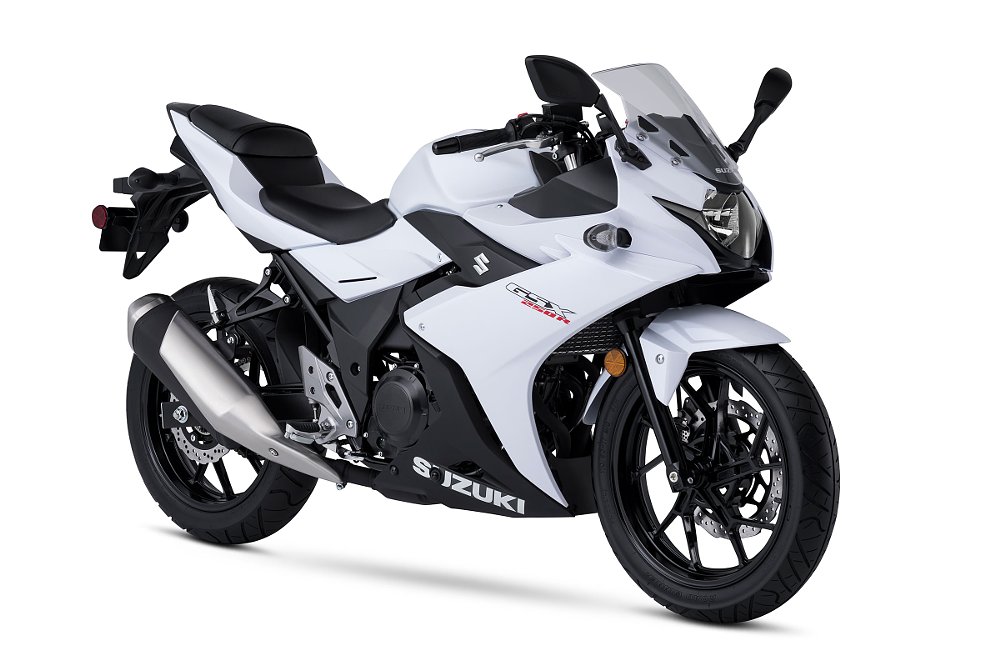
Suzuki GSX250R and — maybe — a V-Strom 250
The theme at AIMExpo this year is attracting new riders, and Suzuki Press Relations Manager Avery Innis focused on the company's entry-level motorcycles in his presentation, talking about six street-legal motorcycles under 250 cc. That includes the new GSX250R. The smallest Suzuki sportbike is not intended to mimic its GSX-R superbike relatives, said Innis. "We see it as an extension of the Katana heritage," providing a balance of performance and practicality, he explained.
The GSX250R's MSRP in the U.S. market is set at $4,499, which undercuts the higher performing Yamaha YZF-R3, starting at $4,999, Kawasaki Ninja 300, starting at $4,999, and KTM RC390, $5,499.
Another bike that, like the XSR700, has been available in Europe but not sold in the United States is the V-Strom 250. Suzuki rolled one onto the stage for the media presentation. So does that mean it's coming stateside? Well, not so fast.
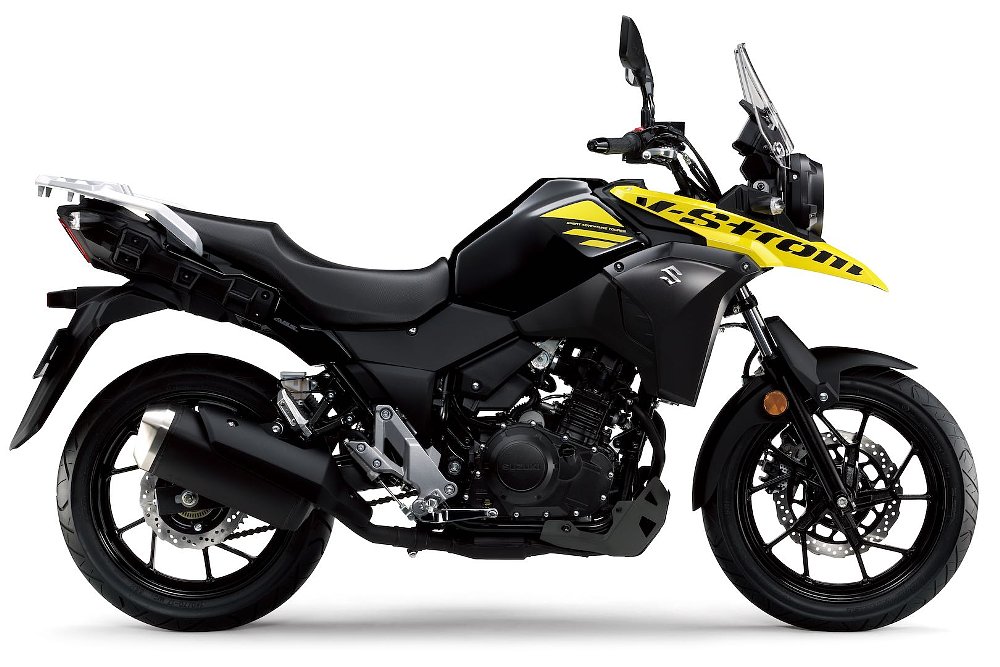
"We are looking very seriously at bringing the V-Strom 250 to our market," Innis said, before encouraging everyone to fill out a survey about the bike. If the V-Strom 250 does come here, it will encounter an increasingly crowded market niche, just as the GSX250R does. The Kawasaki Versys-X 300 and the forthcoming BMW G 310 GS would be new competitors in the space.
The AIMExpo presented by Nationwide continues through the weekend, when it's open to the public, at the Greater Columbus Convention Center in Ohio.




